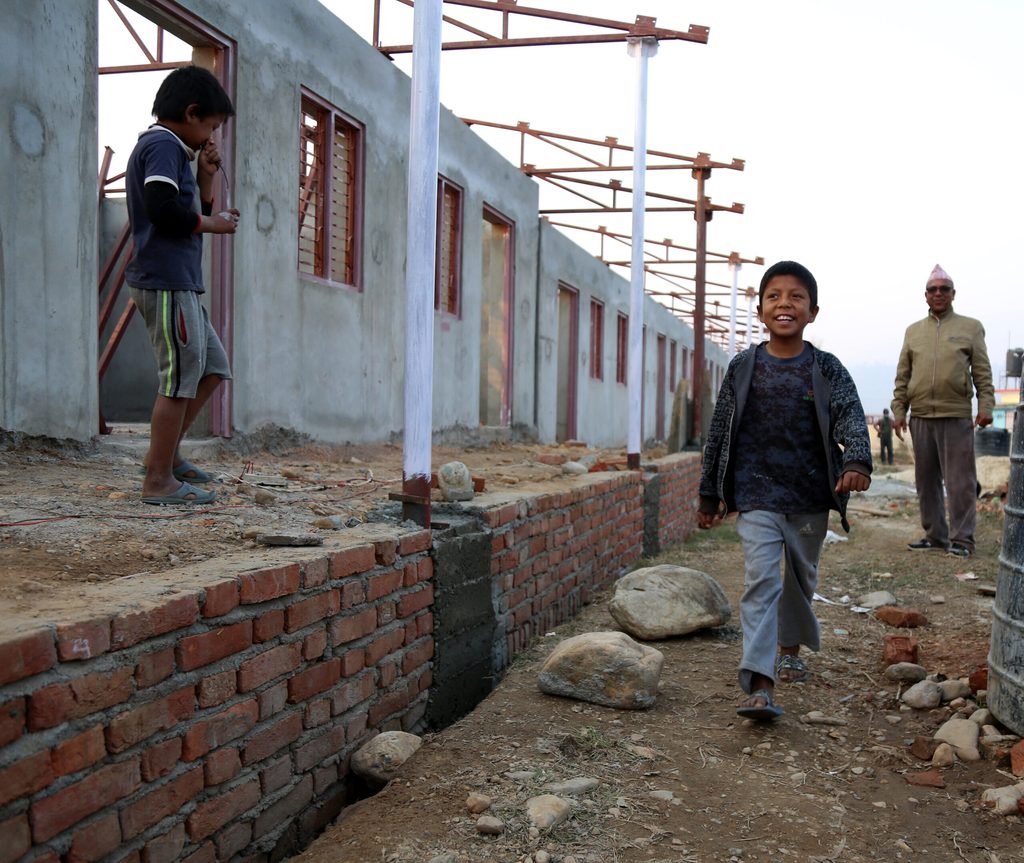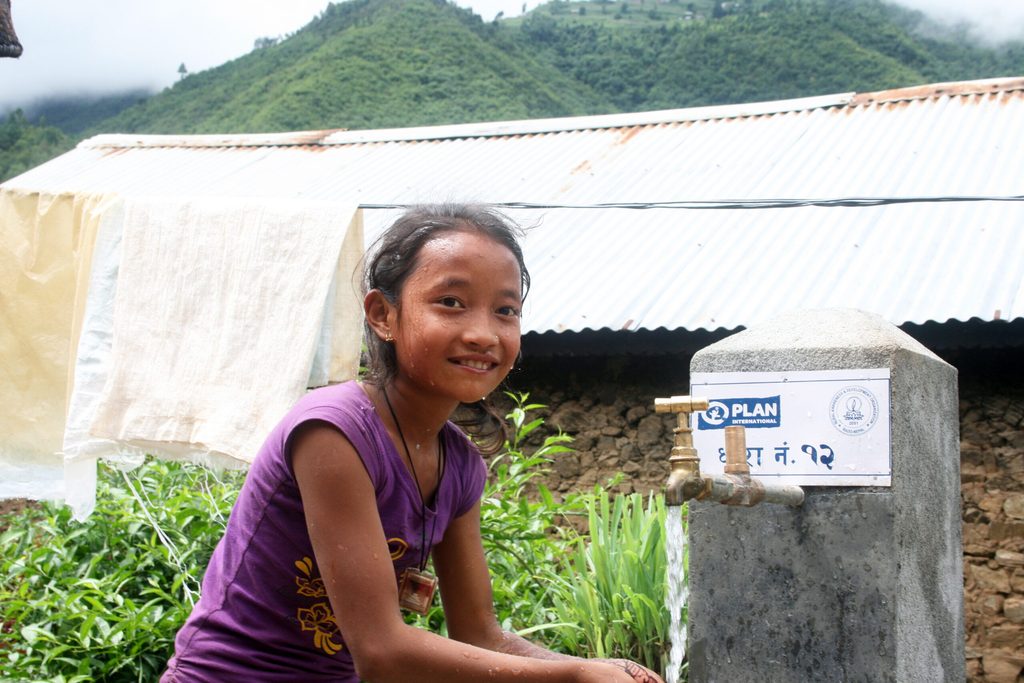Keeping girls learning, even in crisis
8 August 2025In this blog, Laxmi Pathak, Senior Technical Advisor, Learn, shares how the organisation ensures that girls from marginalised communities continue learning during crises. From safe schools to digital access, she highlights how education remains a priority, even in emergencies, so that no girl is left behind.

When an emergency like an earthquake, flood, or pandemic happens, many children’s lives are disrupted. For girls, especially those from poor or marginalised communities, the risk of dropping out of school becomes even higher. Some may never return. But education is a right, and it must not stop, even in a crisis.
Education during emergencies is important
At Plan International Nepal, we believe that every girl deserves a safe place to learn, no matter what is happening around her. That’s why we work with the government and communities to make sure schools stay open and learning continues, even during emergencies. We build stronger, safer classrooms, train teachers to support children emotionally, and create green, inclusive school spaces that are welcoming for all.
Last year alone, we helped rebuild or fix over 100 classrooms and built toilets that girls can use with dignity. We also set up clean drinking water and handwashing stations to keep students healthy. Most importantly, we make sure girls and children with disabilities are not left behind by using digital tools, setting up ICT labs, and helping communities make emergency education plans that listen to children’s voices.





Girls’ learning continued during COVID-19
When COVID-19 hit, schools across Nepal shut down. But learning didn’t have to stop.
Plan International Nepal took quick action. We shared important safety messages through mobile phones and voice messages. We gave teachers smart TVs and projectors so they could continue teaching online. And we made sure girls and other vulnerable children had internet data so they could join virtual classes too.
Many students didn’t have online access, so we created and handed out printed self-learning books that matched the national curriculum. Over 48,000 children in 9 districts received them. We also supported extra classes when schools reopened and helped train education leaders so they could better support children’s learning during tough times.
These actions helped girls stay connected to education and reminded them that they matter.
Making education more inclusive, safe, and fair
In every crisis, girls are at risk of being left out, especially if they are poor, have a disability, or speak a different language. That’s why we focus on removing all the barriers that stop them from learning.
We bring education and life-saving support together. For example, during COVID-19, we helped families with small jobs and community vouchers so they could still send their children to school. We gave out printed learning materials and digital devices and created reading corners in local neighbourhoods where girls could continue learning.
We also cleaned and prepared safe learning spaces, gave out hygiene kits, and taught children how to stay safe and healthy. These steps helped more girls return to school and avoid dropping out.
What’s making a real difference for girls’ education
When families are struggling, it’s not enough to just hand out books. That’s why our approach is integrated. We provide learning materials and support families through cash-for-work and vouchers. We also offer mental health support and bring emotional learning into the classroom so that children, especially girls, can feel safe, express themselves, and learn better.
When natural disasters damage schools, we help set up temporary learning centres and give kits to both students and teachers. We work with child-friendly spaces to make learning joyful again. It’s not just about surviving a crisis; it’s about helping girls thrive despite it.

Sanju advocates for school safety
Thirteen-year-old Sanju from Sindhuli is a School Safety Champion committed to making her school and community much safer and more inclusive.
Challenges and moving forward
One big challenge is that education is often seen as less urgent during emergencies. Governments may focus more on food or shelter, which are important, but forget that school is a lifeline, especially for girls.
Local governments also need more support to act quickly, provide teachers, and set up safe learning spaces. Digital learning is helpful, but many children still don’t have access to devices or the internet. Girls, in particular, face more restrictions when it comes to using technology.
To tackle this, Plan International Nepal is committed to working closely with the government, education partners, and local communities. We follow the Comprehensive School Safety Framework, which focuses on safe school buildings, emergency-ready schools, and learning about risks and staying safe.
Our goal is to make sure that every girl, no matter where she lives or what she faces, has a chance to learn, dream, and build a better future, even in the middle of a crisis.
Because every child deserves a future, and it begins with education. Especially for girls.


